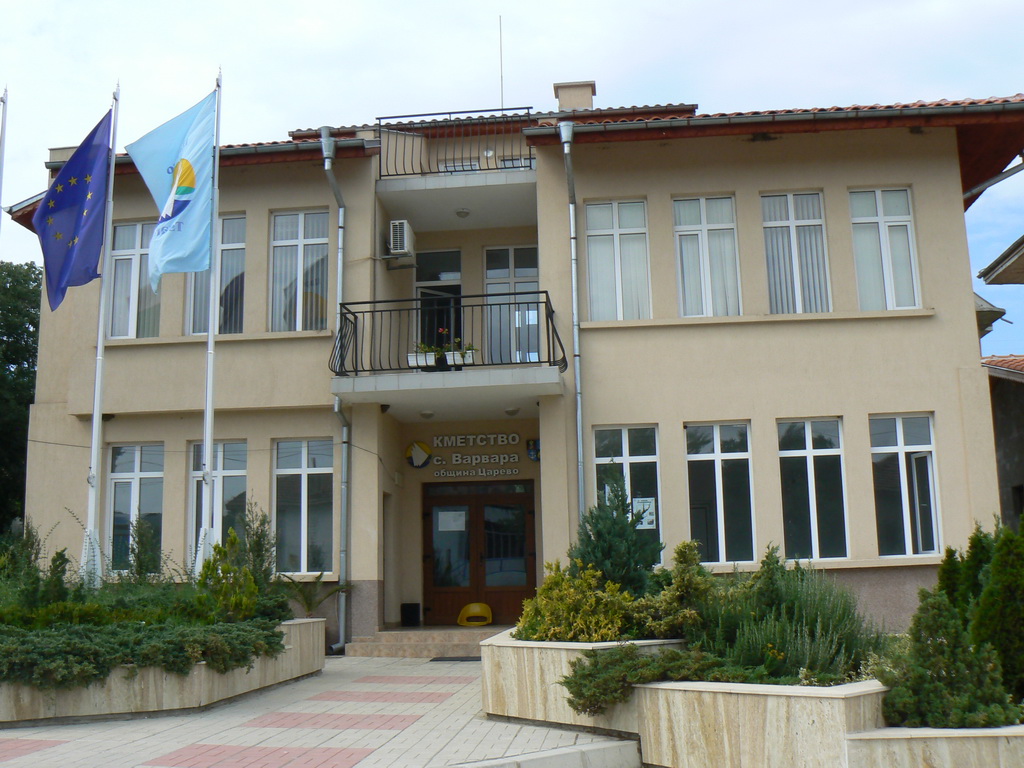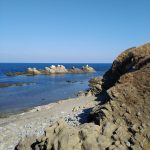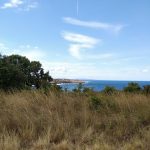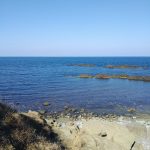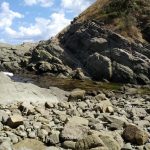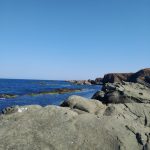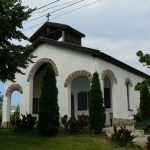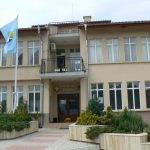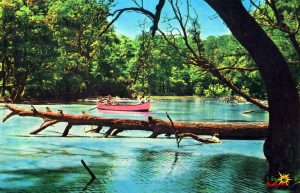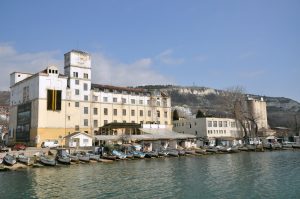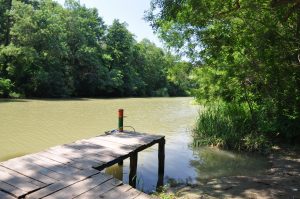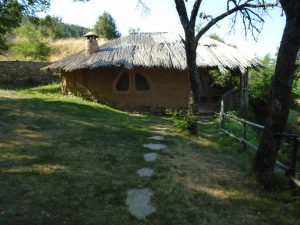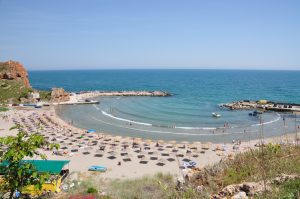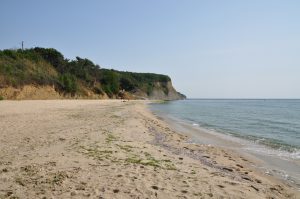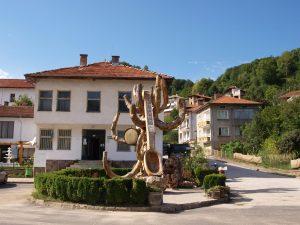Varvara (Bulgarian: Варвара, Greek: Βαρβάρα) is a village in southeastern Bulgaria, located in the Tsarevo Municipality of the Burgas Province. This seaside resort is situated on the Black Sea coast within Strandzha Nature Park, between the towns of Tsarevo and Ahtopol, near the border with Turkey. It lies at 42°7′N 27°55′ECoordinates: 42°7′N 27°55′E and the mayor is Irina Petkova. As of 2005, the population is 250.
In the middle of the 19th century, the site of the modern village was uninhabited, except for the small monastery or chapel of Saint Barbara with holy springs, after which the village was named. An older settlement may well have existed, as indicated by the marking of the name Vardarah on Max Šimek’s 1748 and Christian Ludwig’s 1788 map in that area. Until the Balkan Wars, Varvara was a small Ottoman village of ethnic Turkish refugees from northern Bulgaria who settled there following the Liberation of Bulgaria in the Russo-Turkish War of 1877-78. After 1913, the Turks moved out and were replaced by Bulgarian refugees from Eastern Thrace.
The village is best known for its intellectual community of artists and writers. Many young artists came to Varvara in the 1970s and 1980s and populated a small camp called The Sea Club which the Academy of Arts in Sofia had purchased for them. Over the years a larger group of artists established themselves in Varvara and started to buy real estate and build a small community.
The newly renovated road to Burgas puts the International Airport within an hour’s drive. Besides fishing, the major source of income today is tourism. There is a secluded sandy beach, and one of the most famous diving areas on the Black Sea known as the Dardaneli lies next to the village. This is a series of underwater caves and canyons offering snorkeling and diving on the coast. There are also several family hotels, bars and restaurants.
source: en.wikipedia.org
